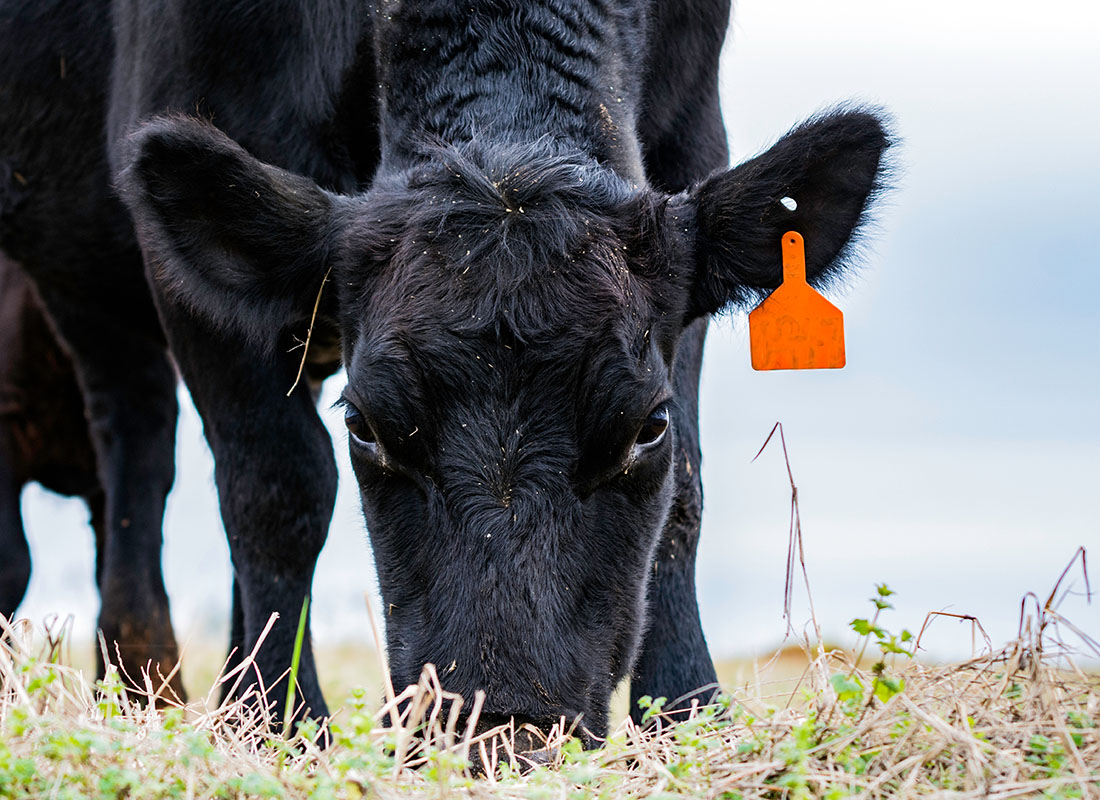Guarding Success: Bagley Risk Management Solutions
Guarding Success: Bagley Risk Management Solutions
Blog Article
Understanding Animals Risk Protection (LRP) Insurance: A Comprehensive Overview
Browsing the world of livestock risk security (LRP) insurance can be an intricate endeavor for numerous in the farming industry. From exactly how LRP insurance policy operates to the different insurance coverage options readily available, there is much to discover in this detailed overview that might potentially form the means animals manufacturers come close to risk management in their organizations.

Just How LRP Insurance Works
Occasionally, understanding the auto mechanics of Livestock Threat Security (LRP) insurance can be complicated, however breaking down how it works can supply quality for farmers and breeders. LRP insurance is a danger management tool created to safeguard animals manufacturers against unexpected rate decreases. It's crucial to note that LRP insurance coverage is not a revenue guarantee; instead, it concentrates entirely on price danger security.
Qualification and Insurance Coverage Options

When it concerns insurance coverage options, LRP insurance coverage offers manufacturers the adaptability to choose the protection degree, insurance coverage period, and recommendations that ideal match their threat management needs. Protection levels typically vary from 70% to 100% of the expected finishing worth of the insured animals. Producers can also select insurance coverage durations that line up with their production cycle, whether they are guaranteeing feeder cattle, fed cattle, swine, or lamb. Recommendations such as price danger defense can better customize protection to shield against negative market changes. By comprehending the eligibility requirements and insurance coverage alternatives readily available, animals manufacturers can make enlightened choices to take care of threat efficiently.
Pros and Disadvantages of LRP Insurance Coverage
When evaluating Livestock Danger Protection (LRP) insurance coverage, it is crucial for livestock producers to consider the downsides and benefits intrinsic in this risk management tool.

One of the key benefits of LRP insurance is its capability to offer protection against a decrease in animals rates. This can assist guard producers from financial losses arising from market fluctuations. Furthermore, LRP insurance policy supplies a degree of flexibility, allowing producers to customize insurance coverage degrees and policy durations to match their specific requirements. By securing an ensured price for their animals, manufacturers can much better handle risk and prepare for the future.
Nonetheless, there are likewise some disadvantages to take into consideration. One constraint of LRP insurance is that it does not safeguard versus all kinds of dangers, such as disease outbreaks or natural disasters. Additionally, costs can occasionally be expensive, specifically for producers with large animals herds. It is critical for manufacturers to very carefully evaluate their private danger exposure and economic scenario to figure out if LRP insurance is the appropriate threat monitoring device for their operation.
Recognizing LRP Insurance Premiums

Tips for Making Best Use Of LRP Advantages
Taking full advantage of the advantages of Livestock Danger Protection (LRP) insurance policy calls for critical preparation and proactive danger management - Bagley Risk Management. To make the most of your LRP protection, think website link about the adhering to tips:
Regularly Examine Market Problems: Keep educated concerning market patterns and price fluctuations in the livestock market. By monitoring these variables, you can make informed decisions about when to purchase LRP protection to secure versus possible losses.
Set Realistic Coverage Levels: When selecting protection degrees, consider your manufacturing expenses, market price of livestock, and possible risks - Bagley Risk Management. Establishing reasonable insurance coverage degrees makes certain that you are appropriately shielded without paying too much for unneeded insurance
Diversify Your Coverage: As opposed to relying entirely on LRP insurance, consider diversifying your risk administration approaches. Combining LRP with various other risk administration tools such as futures contracts or options can give thorough insurance coverage versus market unpredictabilities.
Evaluation and Change Coverage Consistently: As market conditions transform, occasionally examine your LRP protection to ensure it straightens with your existing threat exposure. Adjusting coverage levels and timing of purchases can assist optimize your danger security method. By adhering to these tips, you can take full advantage of the benefits of LRP insurance and protect your animals procedure against unpredicted risks.
Conclusion
To conclude, livestock danger protection (LRP) insurance coverage is a valuable tool for farmers to handle the financial threats connected with their livestock procedures. By understanding exactly how LRP works, qualification and coverage options, along with the benefits and drawbacks of this insurance, farmers can make read this article educated choices to shield their resources. By carefully thinking about LRP premiums and carrying out approaches to optimize advantages, farmers can mitigate prospective losses and guarantee the sustainability of their procedures.
Animals manufacturers interested in acquiring Livestock Threat Protection (LRP) insurance can check out a range of qualification standards and protection alternatives tailored to their specific animals procedures.When it comes to coverage alternatives, LRP insurance coverage uses manufacturers the flexibility to pick the coverage level, protection duration, and endorsements that finest fit their danger management demands.To grasp the intricacies of Livestock Threat Security (LRP) insurance completely, recognizing the variables influencing LRP insurance policy costs is crucial. LRP insurance coverage costs are established by various elements, including the insurance coverage level selected, the anticipated price of animals at the end of the insurance coverage duration, the kind of animals being guaranteed, and the length of the protection period.Testimonial and Readjust Insurance Coverage Frequently: As market conditions change, occasionally assess your LRP protection to ensure it aligns with your present risk direct exposure.
Report this page